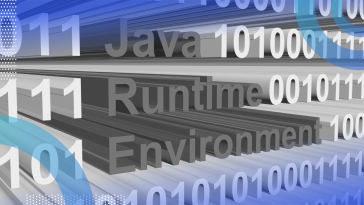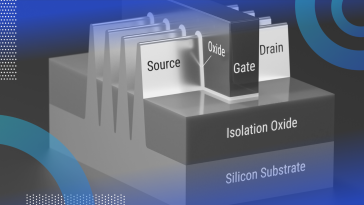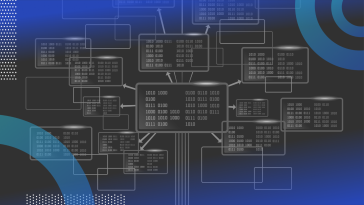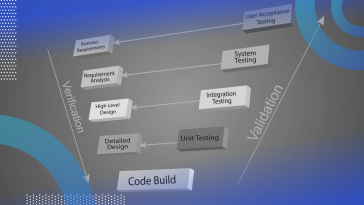Sort By
Most Recent
28 Articles
The Java Runtime Environment (JRE) is a software layer that enables Java applications to run. It includes the Java Virtual Machine (JVM), core libraries and necessary resources, and allows Java programs to execute consistently across different platforms.
Object-relational mapping (ORM) is a programming technique that lets developers use object-oriented code to interact with relational databases, by translating objects to and from database-compatible formats.
A field-effect transistor (FET) is a type of transistor device that uses an electric field to control the electrical current through a semiconductor. FETs commonly function as amplifiers, switches or voltage-controlled resistors.
Few-shot learning is a machine learning framework where an AI model is given a small amount of labeled training data to learn from. Here’s how few-shot learning works and why it’s important.
CatBoost is a machine learning gradient-boosting library that builds decision trees optimized for handling categorical data with high accuracy and minimal data preprocessing.
The V-model is a software development process that describes the relationship between each phase of the development life cycle and its corresponding testing phase. Here's what to know about the methodology.
You’ve been hearing a lot about ChatGPT, but what about Google’s competitor, Gemini?
Supervisory Control and Data Acquisition (SCADA) is a system of hardware and software that lets teams monitor and control industrial processes and equipment. Here’s a deep dive into its architecture, components, examples and benefits.
Customer data platforms provide a centralized and uniform view of the company’s customers. Here’s how they work and how they’re different from CRMs.
Crowdfunding is the ability to fund a project or business with money raised by a large number of people, typically over the internet. Here are the pros and cons of crowdfunding.
Nanorobotics is an interdisciplinary field that has the potential to revolutionize a wide range of industries. Here’s everything you need to know and where we might find nanorobots in the future.
Data silos are isolated collections of data within an organization that are not easily accessible by other teams or systems, hindering collaboration and unified data analysis.












